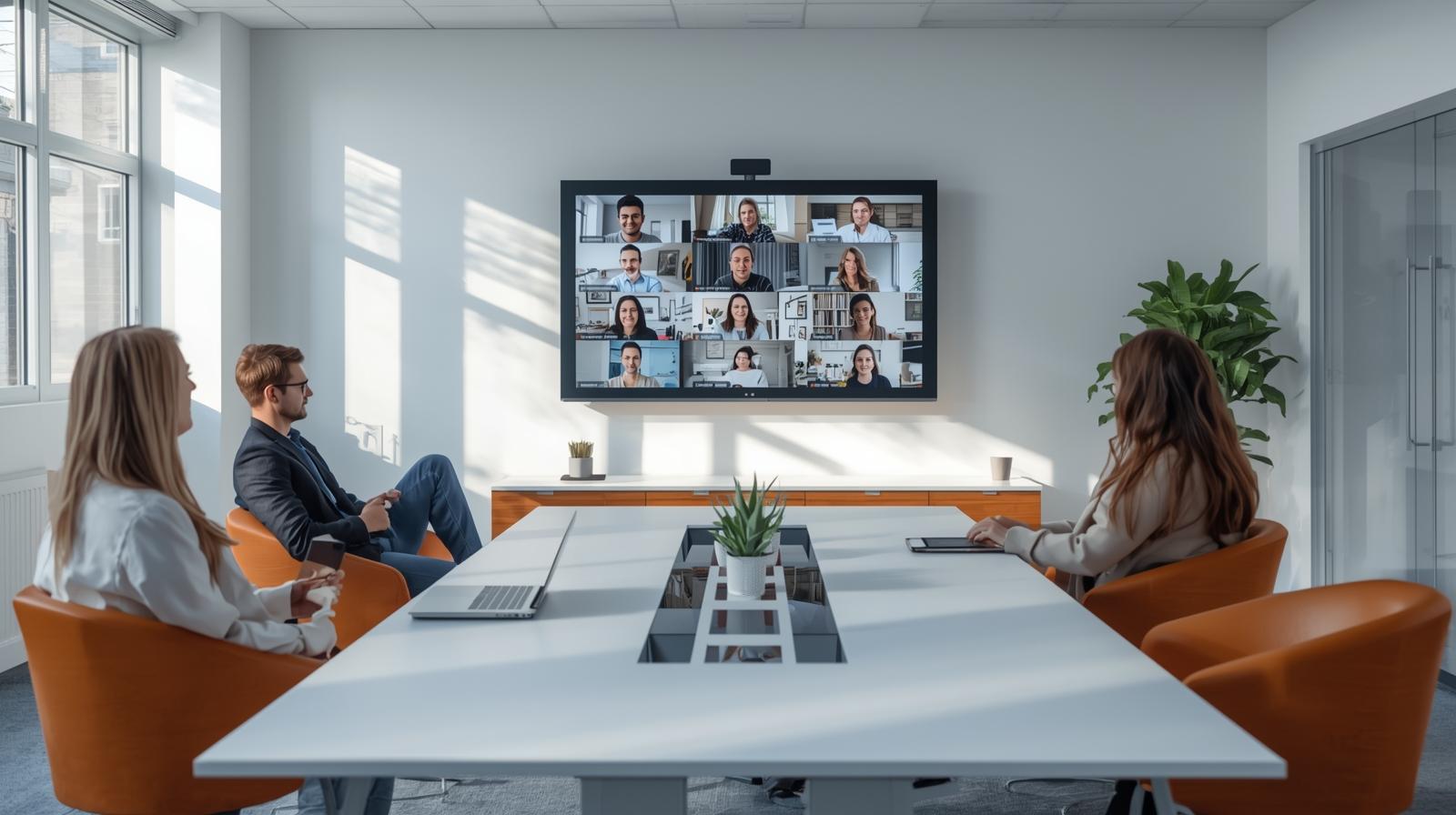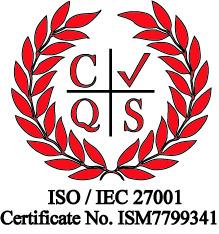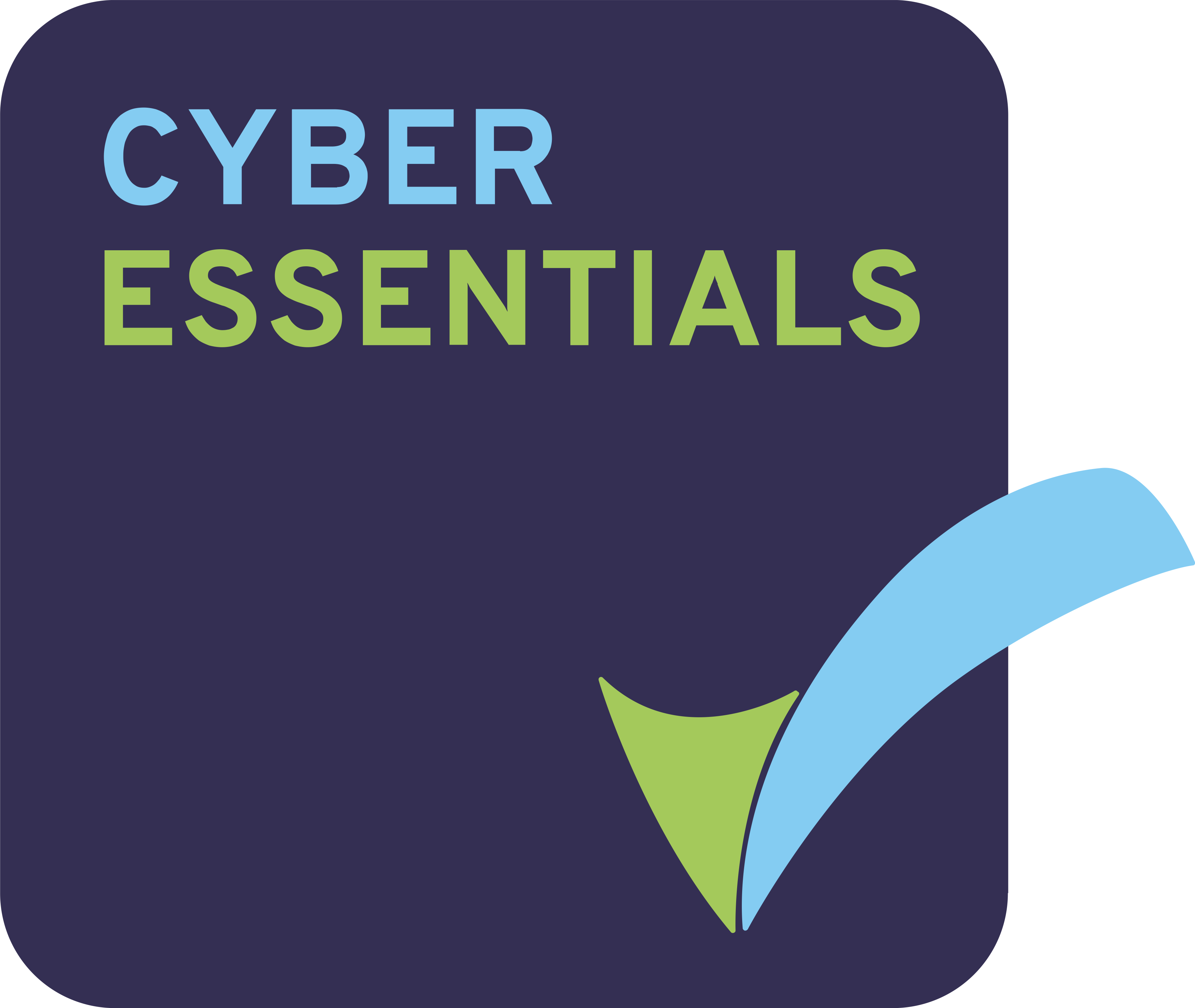In the era of hybrid work, video collaboration spaces have become the hub of the modern workplace. Huddle rooms, open collaboration zones, and boardrooms are designed to keep teams connected, no matter where they are.
But there’s one element of workplace design that often gets pushed to the sidelines: acoustics.
While organisations invest in sleek office designs, cutting-edge cameras, and cloud collaboration platforms, the sound quality of video calls is frequently overlooked. And when that happens, it’s not just the meeting experience that suffers, it can impact employee wellbeing and reduce the appeal of coming into the office, even when it’s “state-of-the-art, modern, and in a prime location.”
Why Good Acoustics Matter in Video Collaboration Rooms
Video meetings succeed or fail based on clarity. If participants struggle with background noise, echo, or muffled voices, the conversation breaks down. This frustration is felt on both sides of the call, by remote participants and those in the room. Over time, this leads to meeting fatigue and a tendency to favour in-room discussions, sidelining remote colleagues and undermining inclusive collaboration.
Good visuals can’t compensate for poor sound. In fact, studies show people are far less tolerant of poor audio than poor video. Put simply: if your people can’t hear clearly, they can’t collaborate effectively.
It’s not just human hearing that struggles. When AI systems can’t pick up clear speech, features like transcription, translation, meeting recaps, and voice commands also suffer. This reduces the effectiveness of tools designed to improve productivity and user experience, often ones that come at a premium investment.
Common Acoustic Challenges in Modern Workplaces
- Glass Walls and Hard Surfaces
Open-plan designs with glass partitions, polished floors, and minimalist furniture may look sleek, but they’re acoustically challenging. Sound reflects off these surfaces, creating echo and reverberation that disrupt conversations. - Huddle Rooms With Big Sound Problems
Small collaboration rooms are ideal for quick video meetings, but their compact size can make voices sound “boxy” or distorted especially when multiple people are speaking at once. - Open Collaboration Zones
Some video areas are carved out of larger open spaces. Without proper sound isolation, conversations spill into the office, distracting nearby colleagues and making the call difficult for participants. - Equipment Placement Issues
Even high-quality microphones and speakers can’t perform well in poor acoustic conditions. Bad placement can amplify background noise or distribute sound unevenly, leaving some participants struggling to follow along.
The Hidden Cost of Poor Workplace Acoustics
When video collaboration spaces aren’t designed with sound in mind, the impact goes beyond meeting quality:
- Reduced productivity: Meetings take longer when people have to repeat themselves or are just ignored.
- Employee frustration: “Video Meeting fatigue” is often caused by poor sound quality, not just screen time. It demands more concentration and mental effort to follow conversations.
- Cultural impact: Teams may become less inclined to collaborate virtually, undermining flexible work strategies. Certain rooms may develop negative reputations and be avoided, while others, despite not being suitable, become overcrowded due to perceived preference.
How to Improve Workplace Acoustics for Video Collaboration
- Design for Acoustic Quality
When working with your contractor, ensure the space not only looks good but also sounds good. Addressing acoustics early in the design phase is far more cost-effective than fixing problems later. - Add Acoustic Treatments
Wall panels, ceiling baffles, and soft finishes absorb excess sound and reduce echo. These can be integrated subtly without compromising aesthetics. In glass-walled rooms, ceiling baffles can help offset the reflective nature of the surfaces. - Prioritise Room Isolation
Where possible, locate video rooms away from noisy areas and use barriers or seals to prevent sound leakage. Just as reverberation is distracting, so too is hearing the meeting next door. - Invest in Intelligent Audio Systems
Modern AI-driven conferencing systems automatically filter out background noise, optimise speech, and enhance clarity, even in less-than-perfect rooms. But don’t rely solely on technology to fix acoustic problems. These systems don’t improve the sound experience for people physically present in the space. - Test Before Rolling Out
Pilot your new spaces with real meetings. This provides valuable insight into user experience, adoption, and whether the space fits your company culture, whether interactive or traditional. Gather feedback, measure acoustic performance, and fine-tune before scaling across the office.
The Future: Smarter Acoustic Design in the Modern Workplace
As hybrid work continues to shape office design, acoustics can no longer be an afterthought. In fact, optimising workplace acoustics is quickly becoming a critical factor in employee experience and meeting effectiveness.
By designing video collaboration rooms with sound in mind, organisations can reduce meeting fatigue, improve communication, and create spaces where people actually want to collaborate.
After all, in the modern workplace, clarity isn’t just about what you see, it’s about what you hear and what is understood.
Let’s Make Your Spaces Sound Right
If you’re planning or upgrading your video collaboration spaces, talk to us. At New Era Technology, we ensure our AV designs result in a well-designed sound environment, because that can be the difference between meetings that drain energy and meetings that drive results.
Our solutions focus on sound quality from the start: managing reverberation, improving speech clarity, and minimising noise transfer between rooms. Rather than relying solely on technology to mask poor acoustics, we help you build spaces that sound right from the beginning.

 Australia
Australia Canada
Canada LATAM
LATAM New Zealand
New Zealand UAE
UAE United States
United States







